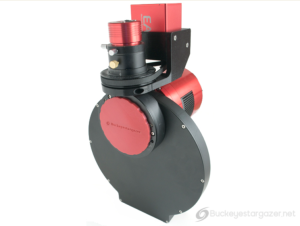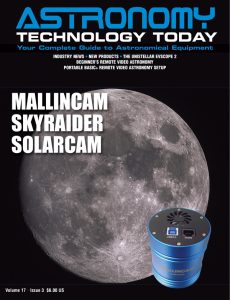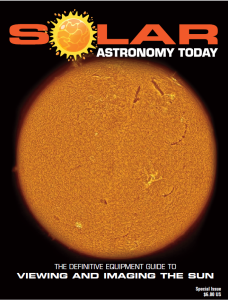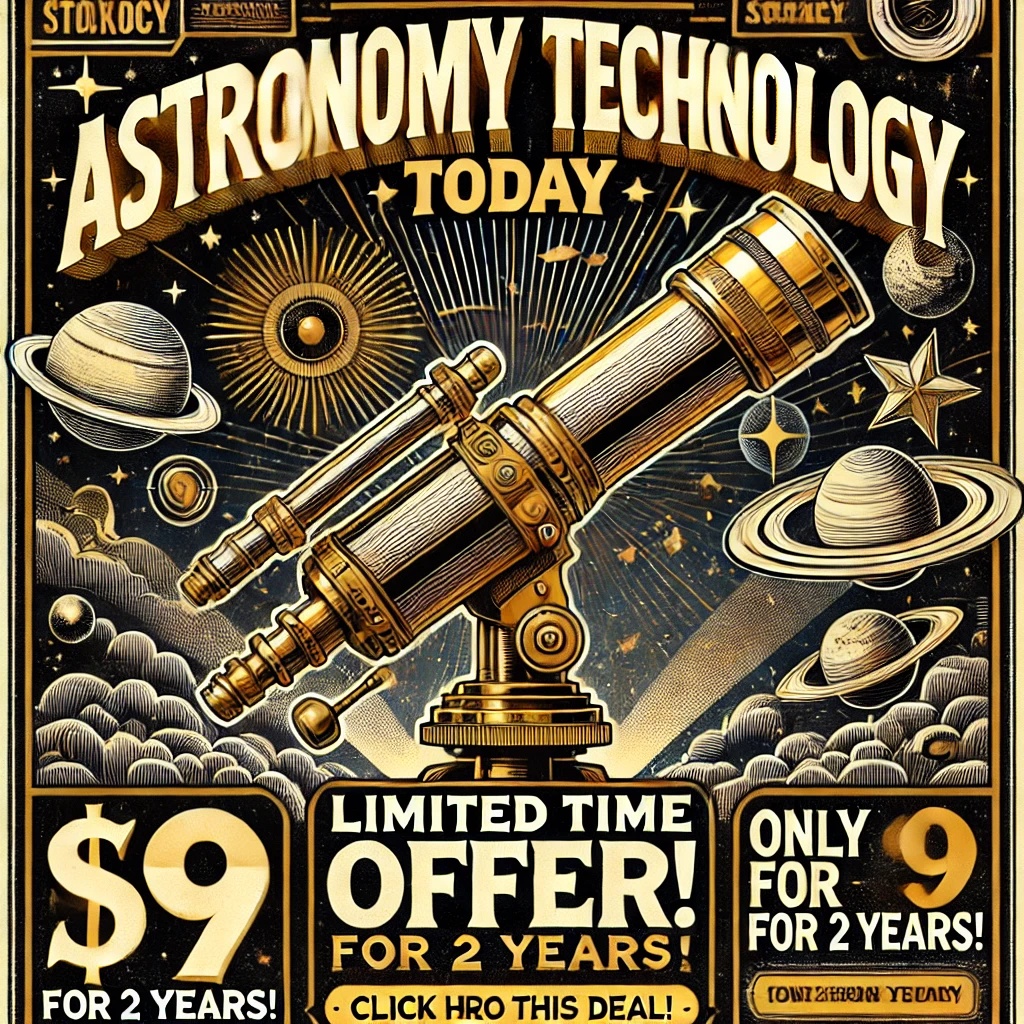An EAF Bracket for the ZWO Helical Focuser is the latest accessory available from the Buckeyestargazer Shop. Joel Short, an astroimaging enthusiast located in Northern Indiana, opened the Buckeyestargazer Shop to make available items he has developed to offer affordable and uncomplicated accessories. As Short comments, “These are simple and practical items that I have found to be essential for amateur astronomers.”
 As Short notes about the EAF Bracket for the ZWO Helical Focuser, “The ZWO 1.25″ Helical focuser is a popular focuser that is commonly found on the ZWO OAG and comes in two varieties: one with a female M42 threaded mount and one integrated into the OAG. The M42 version can also be used on camera lenses. This mounting bracket allows a ZWO EAF to be mounted on the Helical focuser for precise automatic focusing. The bracket is 3D printed with carbon fiber PETG filament and uses a belt drive system for zero added backlash. Full installation instructions and operation notes are also provided.”
As Short notes about the EAF Bracket for the ZWO Helical Focuser, “The ZWO 1.25″ Helical focuser is a popular focuser that is commonly found on the ZWO OAG and comes in two varieties: one with a female M42 threaded mount and one integrated into the OAG. The M42 version can also be used on camera lenses. This mounting bracket allows a ZWO EAF to be mounted on the Helical focuser for precise automatic focusing. The bracket is 3D printed with carbon fiber PETG filament and uses a belt drive system for zero added backlash. Full installation instructions and operation notes are also provided.”
Short also comments, “1.25-inch cameras and cameras up to 78mm in diameter can be used in the Helical focuser with the bracket in place – this has been tested with 1.25” cameras and “planetary” cameras with a diameter of 62mm (78mm dia. cameras with a 1.25” nosepiece should work, but are untested). For the M42 version, the radius of the bracket extends 10mm from the red M42 ring. For the OAG version, the radius of the bracket extends 12mm from the OAG red bottom ring.”
You can learn more about the EAF Bracket for the ZWO Helical Focuser here.

 And to make it easier for you to get the most extensive news, articles and reviews that are only available in the magazine pages of Astronomy Technology Today, we are offering a 1-year magazine subscription for only $6! Or, for an even better deal, we are offering 2 years for only $9. Click here to get these deals which only will be available for a very limited time. You can also check out a free sample issue here.
And to make it easier for you to get the most extensive news, articles and reviews that are only available in the magazine pages of Astronomy Technology Today, we are offering a 1-year magazine subscription for only $6! Or, for an even better deal, we are offering 2 years for only $9. Click here to get these deals which only will be available for a very limited time. You can also check out a free sample issue here.
The Sun is more active than it’s been in years and if that’s not enough, we have the Annular Solar Eclipse on October 14, 2023 and the Total Solar Eclipse on April 8, 2024! If you’d like to learn more about the technology behind solar observing, solar imaging and more, you can check out our free publication, “The Definitive Guide to Viewing and Imaging the Sun”. You don’t have to sign up or provide any information, simply click here and enjoy reading!



